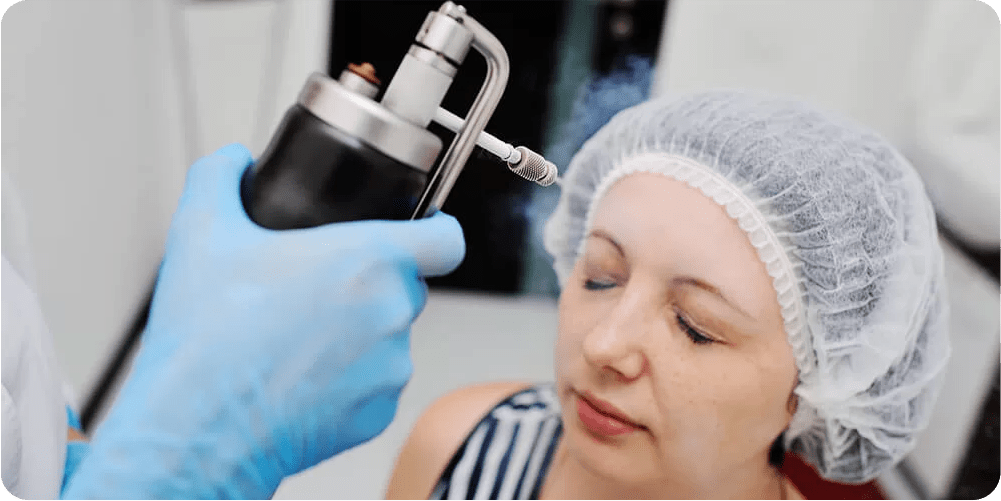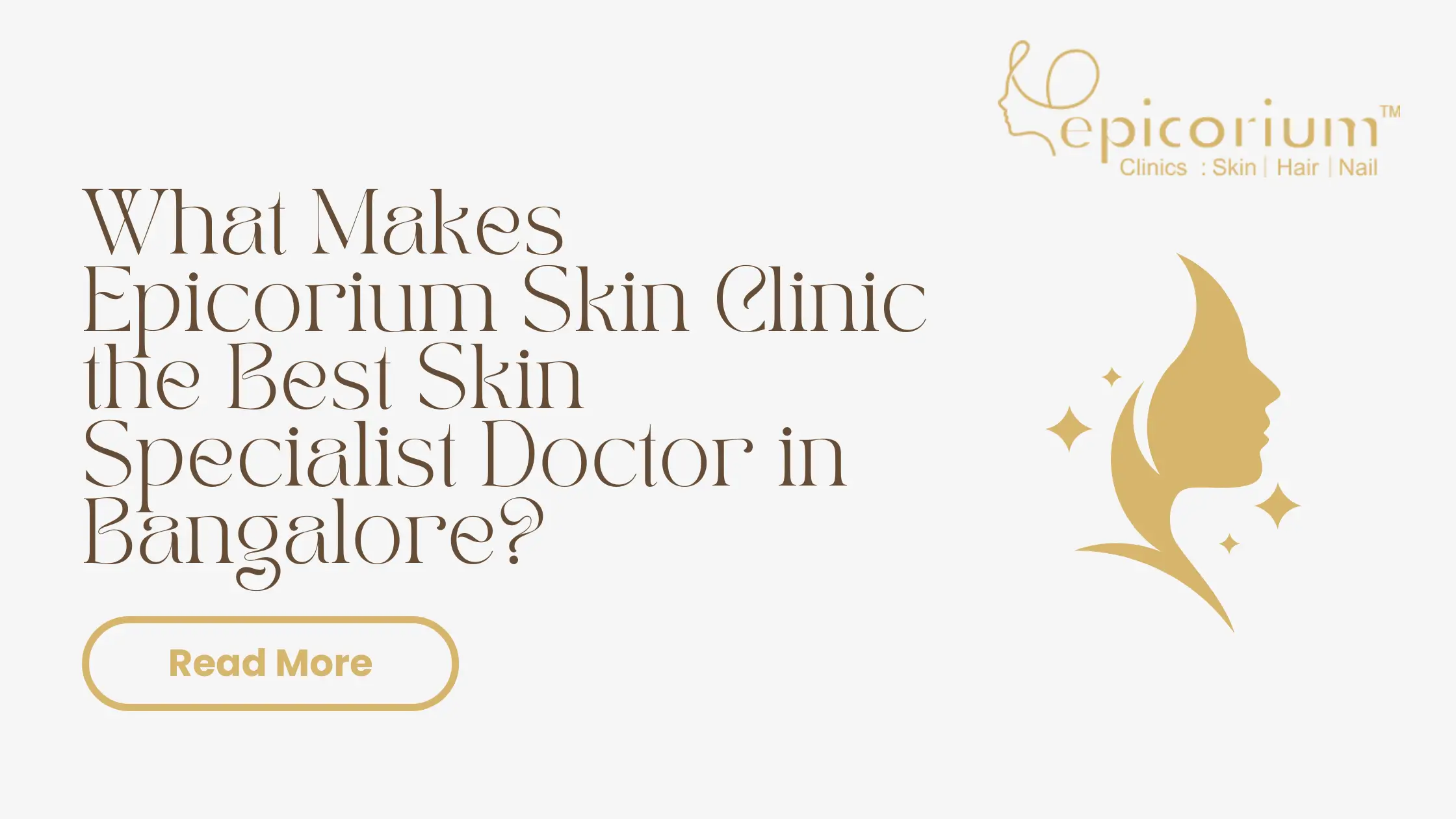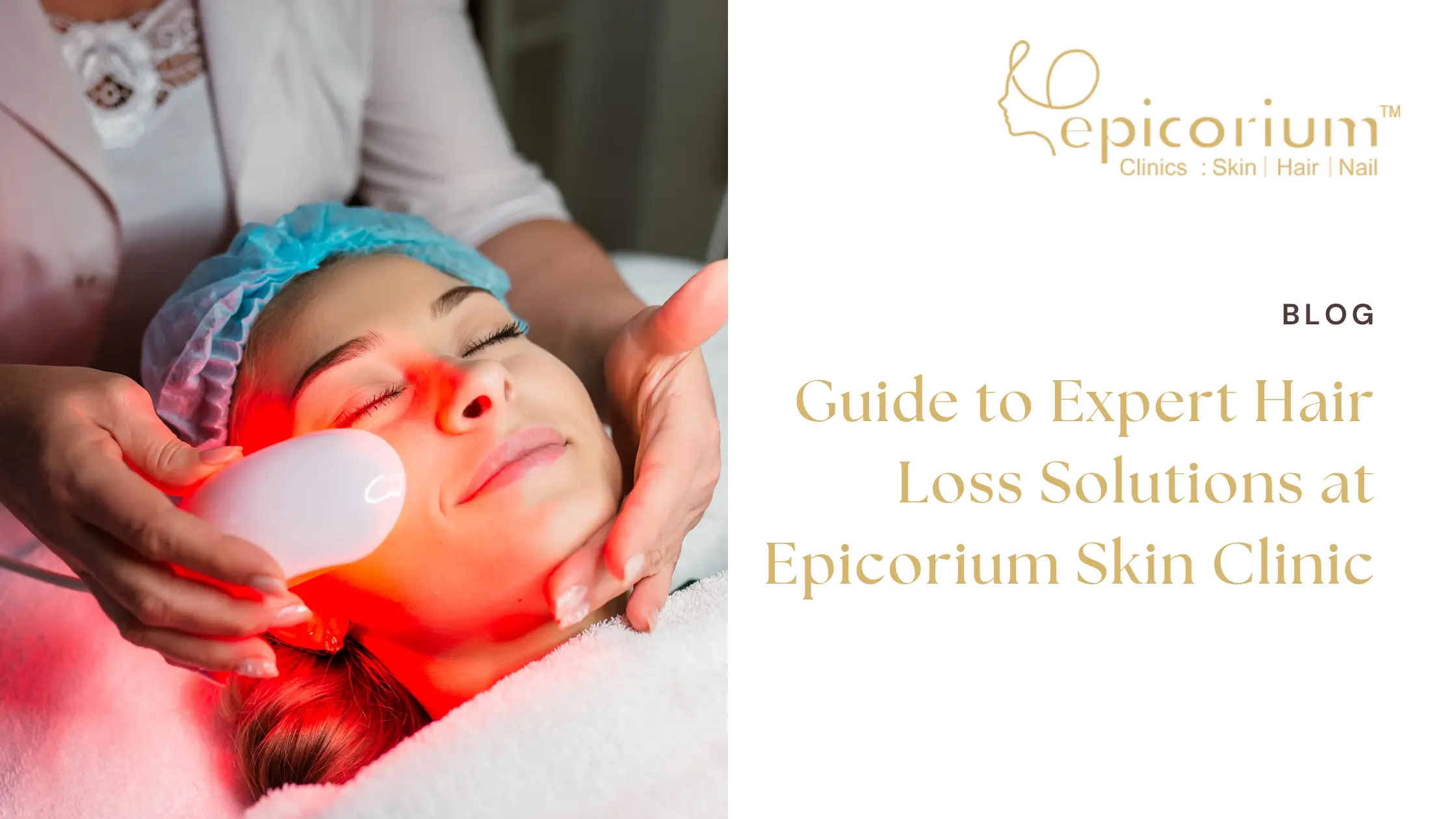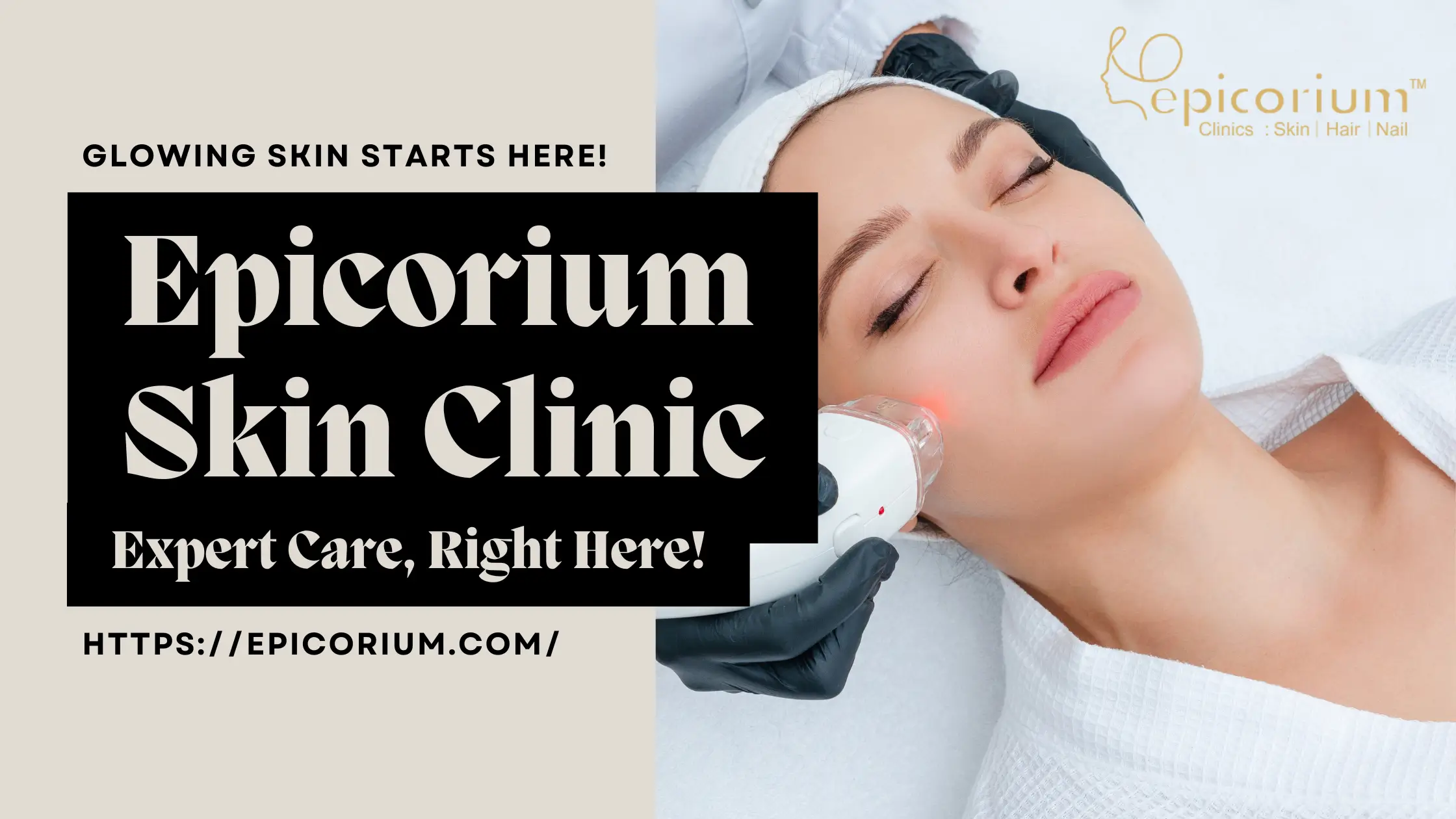
What is Cryosurgery?
Using extremely cold fluids or tools, Cryosurgery is a minimally invasive procedure that freezes skin surface lesions (cryogen).
Different cryogens can be used to deliver Cryosurgery, sometimes referred to as Cryosurgery or cryoablation. The most popular and efficient cryogen for therapeutic application is liquid nitrogen (temperature -196°C).
Read MoreWhat is Cryosurgery?
Using extremely cold fluids or tools, Cryosurgery is a minimally invasive procedure that freezes skin surface lesions (cryogen).
Different cryogens can be used to deliver Cryosurgery, sometimes referred to as Cryosurgery or cryoablation. The most popular and efficient cryogen for therapeutic application is liquid nitrogen (temperature -196°C).
Various other cryogens are:
- (-78.5°C) Carbon dioxide snow
- DMEP, or dimethyl ether and propane (-57°C).
Due to its low cost, ease of use, relative safety, and ability to be completed rapidly in an outpatient setting, Cryosurgery is a successful alternative to more intrusive treatment techniques.
What are the contraindications with Cryosurgery?
Cryosurgery should not be used for:
- Undiagnosed skin lesions
- Melanoma
- Dark-skinned patients
- Lesions which require tissue pathology
- Lesions within a circulation-compromised area
- Patients with previous adverse reactions to Cryosurgery or unable to accept side effects
- Young children
- Unconscious patients
- Conditions exacerbated by cold exposure:
o Raynaud disease
o Cold urticaria
o Cryoglobulinaemia
o Multiple myeloma.
What is the process of Cryosurgery?
When a specific lesion is chilled to below-freezing temperatures using a cryogen, direct tissue necrosis results. Osmolarity fluctuations brought on by the thawing process also cause tissue injury.
Liquid nitrogen
Utilizing liquid nitrogen for Cryosurgery requires the use of a cotton-tipped applicator, cryoprobe, or cryospray. The location, depth, size, and tissue type of the lesion all affect the dose, freeze-time, and distribution technique.
Methods for spraying liquid nitrogen include:
- Direct spray method and timed spot freezing method (standard treatment)
- Paintbrush method
- Spiral or rotary spray.
The spray cannon is held 1 to 1.5 cm above the centre of the skin lesion when using the timed spot freeze approach, and sprays until an ice ball encloses the lesion (and required margin). Depending on the lesion and depth of freeze, the ice field is then maintained for 5 to 30 seconds. After the thawing process is finished, the therapy is occasionally repeated. This phenomenon is called a “double freeze-thaw.”
Carbon dioxide snow
Making a cylinder of frozen carbon dioxide snow or slush mixed with acetone is the process used in carbon dioxide Cryosurgery. It is put on the skin lesion right there.
DMEP
DMEP is frequently sold over-the-counter and comes in an aerosol can. Depending on the size and location of the skin lesion, a foam applicator is placed onto the skin lesion to treat warts for 10 to 40 seconds.
What are the benefits?
Although it is a straightforward and generally safe operation, Cryosurgery sometimes needs multiple sessions to be effective. Compliance may also be hampered by the resulting pain.
Seborrheic and actinic keratoses
Cryosurgery can be very effective for benign lesions that develop after UV damage.
- Actinic keratoses frequently only need one cycle of freezing and thawing, with cure rates ranging from 39% to 83%.
- If lesions are thicker, seborrheic keratoses may need more freeze-thaw cycles and prolonged treatment periods.
Infected warts
Verrucous lesions can clear up at different rates depending on the size of the wart and the degree of hyperkeratosis.
- The total cure rate ranges from 39% to 84% at three months, and multiple therapy sessions may be required.
- Keratolytic pre-treatment has been shown to have favourable response rates.
The cancerous tumours: BCCs and SCCs
Cryosurgery is an option for low-risk lesions but is not the first line of treatment for malignant lesions like BCCs and SCCs.
- Multiple freeze-thaw cycles and ice field boundaries of three to five millimetres beyond the lesion are often needed for malignant lesions.
- Recurrence rates can range from 6% to 34%, thus continuous follow-up is necessary because it might be challenging to detect recurrence and implement margin management.
FAQs
• Pain
• Paraesthesia
• Oedema — periorbital, forehead, lips
• Headache
• Blistering — clear and haemorrhagic
Cryosurgery can be used to treat many benign lesions, including:
• Actinic keratoses
• Seborrhoeic keratoses
• Viral warts
• Molluscum contagiosum
• Skin tags.
Dermatologists are able to freeze minor skin malignancies, including superficial basal cell carcinoma (BCC) and in-situ squamous cell carcinoma (SCC) on the trunk and limbs, although this is not always successful, necessitating cautious follow-up.
Typically, no more care is required throughout the recovery process. The treated area should be kept clean and can be gently washed once or twice a day with soap and water. Although a dressing is not required, it is suggested if the injured region may be prone to trauma or rubbing from clothing.



